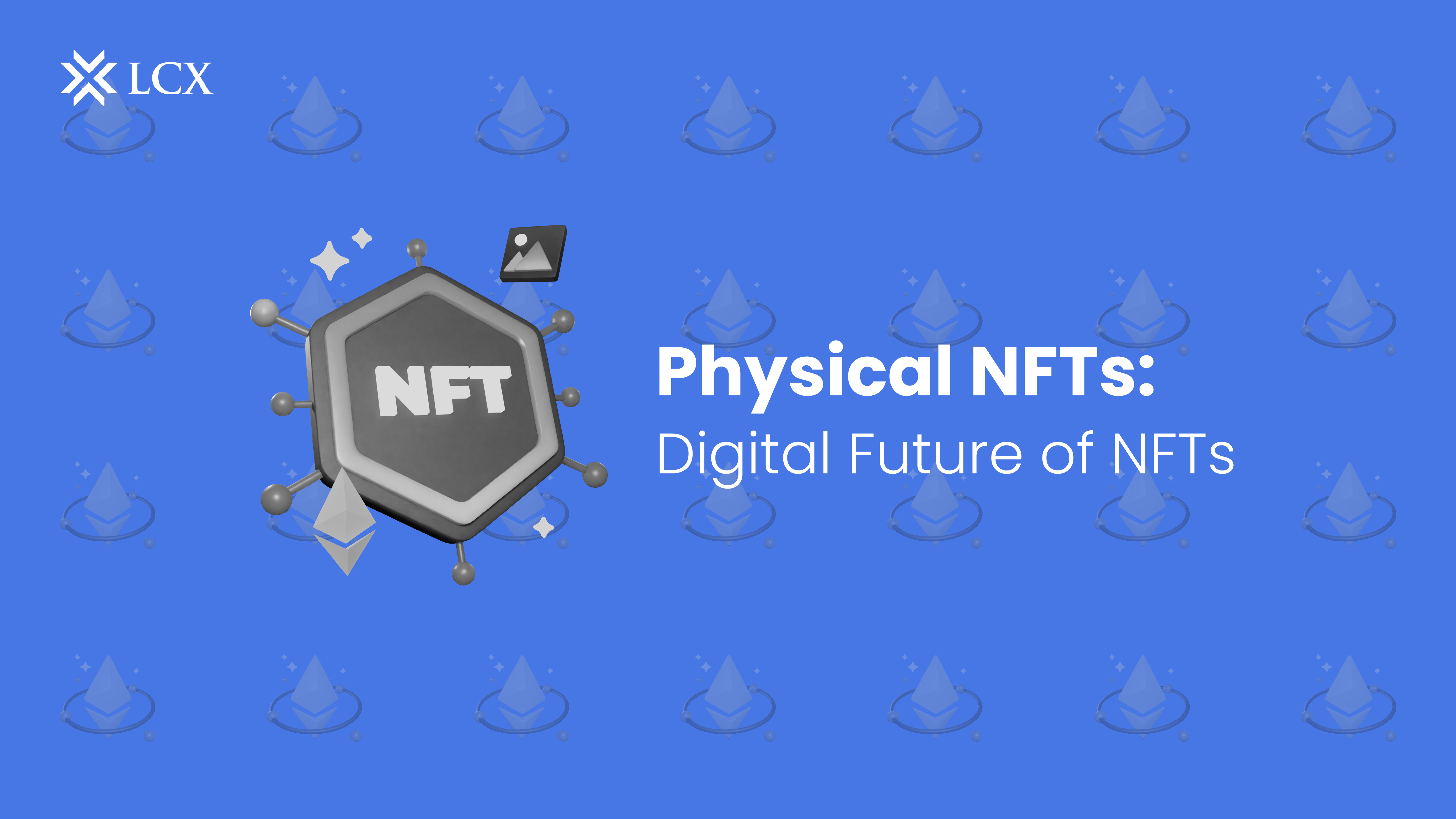How Are Physical NFTs Used?
Prevent the sale of duplicate products: A major advantage of tangible NFTs is their ability to demonstrate authenticity and provenance. Physical NFTs can be a valuable tool for consumers and manufacturers in a world where many physical products can be easily counterfeited.
Businesses can link the serial numbers of their products to NFTs or connect the physical item to an NFT using NFC technology or a QR code, enabling the physical product’s authenticity to be verified and its history to be tracked. Since the blockchain contains a record of these digital assets, tampering or forgery become nearly impossible.
Transparency: The process of browsing for pre-owned collectibles can be difficult to navigate on occasion. This is especially true when they lack a clear comprehension of the price history and market value of a used item. A NFT associated with these items can provide purchasers with a comprehensive view of the item’s transaction history.
Enhance personal experiences: NFT memberships are currently used as keys to gated online communities where members have access to an extensive variety of virtual experiences, exclusive information, and exclusive privileges. Physical non-fungible tokens can function similarly, but their value can be wholly based on the real world.
Assist brands in expanding their target audience: In the past decade, there has been a significant transition in consumer behavior, with each successive generation becoming more digitally inclined. Big merchants such as Franck Muller, Nike, Tiffany’s, and others are integrating NFTs with their physical counterparts to appeal to digital natives and expand their demographic reach.
Tiamonds are an example of physical, non-fungible tokens. Tiamonds represent 1-1 ownership rights of real-world Diamonds and are accompanied by TIA Tokens as a reward via the “Own to Earn” model.
More Information: https://tiamonds.com/
Revenue Generation: Non-fungible tokens provide the opportunity to generate revenue by monetizing customer engagement with unique, one-of-a-kind digital assets that have actual value as collectibles. Additionally, they can create digital products that consumers can purchase and sell on marketplaces.
Conclusion
With the evolution of blockchain technology and Web3, physical NFTs have the potential to help bridge the gap between our digital and physical lives by altering how we interact with physical objects. Physical NFTs are digital assets that are physical objects that have a unique digital identity stored on a blockchain. This digital identity acts as a certificate of authenticity, verifying the ownership and authenticity of the physical object.
Credit: Source link



 Bitcoin
Bitcoin  Ethereum
Ethereum  Tether
Tether  XRP
XRP  Solana
Solana  USDC
USDC  Lido Staked Ether
Lido Staked Ether  TRON
TRON  Dogecoin
Dogecoin  Cardano
Cardano  Wrapped stETH
Wrapped stETH  Wrapped Bitcoin
Wrapped Bitcoin  Figure Heloc
Figure Heloc  Ethena USDe
Ethena USDe  Chainlink
Chainlink  Hyperliquid
Hyperliquid  Stellar
Stellar  Bitcoin Cash
Bitcoin Cash  Wrapped eETH
Wrapped eETH  Sui
Sui  Avalanche
Avalanche  WETH
WETH  LEO Token
LEO Token  Binance Bridged USDT (BNB Smart Chain)
Binance Bridged USDT (BNB Smart Chain)  USDS
USDS  Coinbase Wrapped BTC
Coinbase Wrapped BTC  USDT0
USDT0  Litecoin
Litecoin  Hedera
Hedera  WhiteBIT Coin
WhiteBIT Coin  Shiba Inu
Shiba Inu  Ethena Staked USDe
Ethena Staked USDe  Monero
Monero  Cronos
Cronos  Toncoin
Toncoin  Mantle
Mantle  Polkadot
Polkadot  Dai
Dai  Zcash
Zcash  MemeCore
MemeCore  OKB
OKB  Uniswap
Uniswap  Aave
Aave  Bitget Token
Bitget Token  World Liberty Financial
World Liberty Financial  Bittensor
Bittensor  NEAR Protocol
NEAR Protocol  Pepe
Pepe